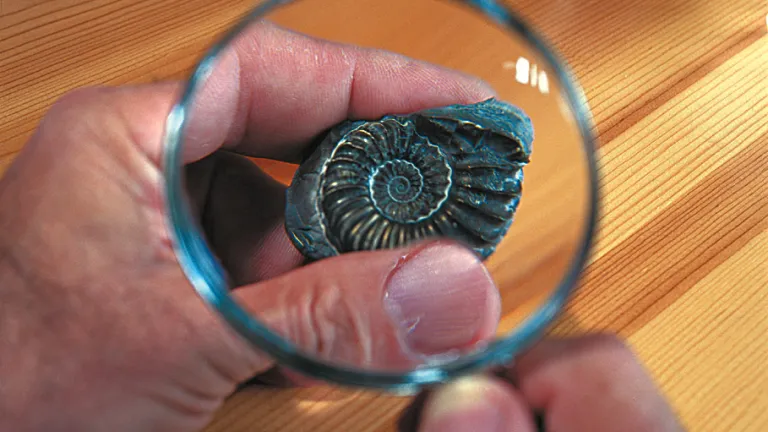God, Science and the Bible: Scholar's fraud a dating disaster for Neanderthals
The 36,000-year-old skull fragment was the missing link between ancient Neaderthals and modern man, Professor Reiner Protsch von Zieten told his scientific colleagues.
The 36,000-year-old skull fragment was the missing link between ancient Neaderthals and modern man, Professor Reiner Protsch von Zieten told his scientific colleagues.
His other remarkable discoveries included the remains of a woman who lived 21,300 years ago and a man who lived 29,400 years ago. The carbon-14 dating specialist's findings had long been considered proof that Neanderthals had lived in northern Europe and coexisted, as a separate species, with anatomically modern humans.
There was just one problem. The professor didn't know how to operate his carbon-14 dating equipment, and legitimate experts concluded that he'd simply invented the dates. The skeletal remains he had dated between 21,000 and 36,000 years old were dated by others as far younger. One of the skulls turned out to be from a man who had died barely 250 years ago—around A.D. 1750.
On Feb. 19 The Guardian (London) reported that the Frankfurt University professor had been forced to retire due to his many "falsehoods and manipulations" over a 30-year academic career. The scandal surfaced when he was caught attempting to sell the university's chimpanzee skull collection.
In addition to fabricating data, an investigation found that he had plagiarized the work of other scientists and passed off fake fossils as authentic ones. "It's deeply embarrassing," said Professor Ulrich Brandt, who led the investigation. "Of course the university feels very bad about this."
As a result, "anthropology is going to have to completely revise its picture of modern man between 40,000 and 10,000 years ago," said Professor Thomas Terberger of the University of Greifswald in eastern Germany, who discovered the hoax.
Why had Professor Protsch perpetrated the fraud? "If you find a skull that's more than 30,000 years old it's a sensation," explained Professor Terberger. "If you find three of them people notice you. It's good for your career. At the end of the day it was about ambition."
Regrettably, this isn't the first time such an audacious fraud has been committed in this field. The infamous "Piltdown Man," discovered in Britain in 1912 and heralded as the long-sought missing link between humans and apes, wasn't revealed as a fake until 1953—more than 40 years later. When examined carefully, "Piltdown Man" proved to be a 600-year-old human skull combined with the jawbone of an orangutan, with both parts stained to make them appear older.
Why did it take so long for the scientific establishment to realize this? Robert Foley, director of the Leverhulme Centre for Human Evolutionary Studies at Cambridge University, explains in the March 15 issue of The Scientist: "One of the reasons that Piltdown man was so successful was that it fitted people's expectations of what they thought early humans would look like."
Since it took 30 years to expose this latest fraud, it seems history has repeated itself. It appears that the willingness of so many to believe in evolution was a major factor in fabricated evidence being uncritically accepted for so long.








